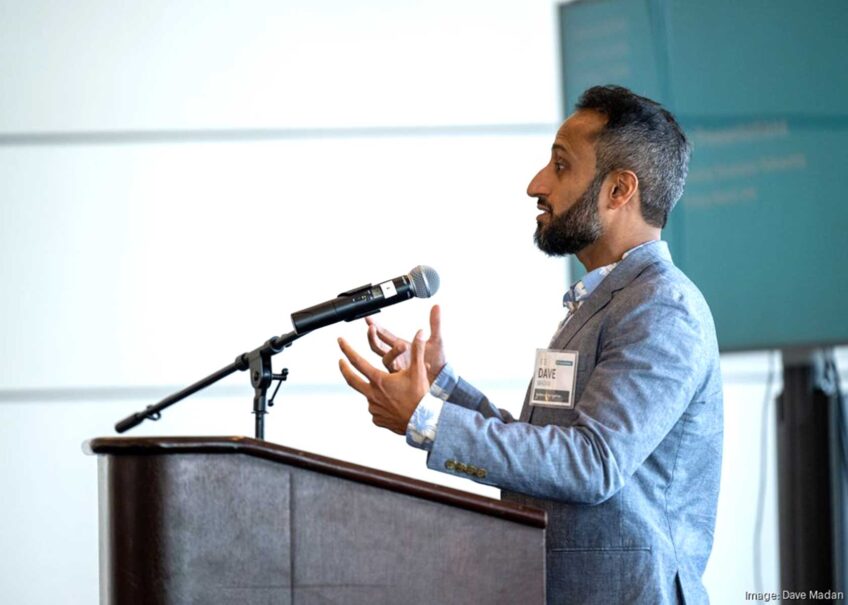Bilingual instruction came one step closer to making a return in Massachusetts last week, with the House voting near-unanimously to support An Act Relative to Language Opportunity for Our Kids (LOOK), a bill that would allow instructors to teach English language learners in their native tongues. The House vote, opposed by just one member of that body, followed a unanimous vote in the Senate.
Once it receives the governor’s signature — or the Legislature overrides his veto — the bill will remove the current mandate requiring schools to use Sheltered English Immersion as the only learning model and will grant schools greater flexibility in using alternative models based on the needs of students.
School districts will be able to choose to continue the current SEI programming or implement alternative instructional programs that meet the legislation’s requirements: a program must be a research-based best practice, contain subject matter content, (such as history or science) and include an English language component.
The bill also requires the creation of Parental Advisory Councils in districts with high ELL populations (at least 5 percent of a student population). Parent Advisory Councils will comprise volunteer parents and guardians of ELL who will inform school districts and assist in the planning, development and review of schools’ programs.
“It will empower parents and educators to make the most effective educational decisions, based on each student’s individual needs,” said Senator Sonia Chang-Díaz, co-chair of the LOOK bill conference committee and Senate chair of the Joint Committee on Education. “And it includes safeguards to ensure English learners don’t fall between the cracks or languish in ineffective programs.”
The legislation requires schools to track the academic performance of English learners and directs the Department of Elementary and Secondary Education to develop guidelines and benchmarks to better track the learning progress of students.
The LOOK bill also will establish a state Seal of Biliteracy, awarded by participating school districts to students who achieve a high level of proficiency in English as a second language. Massachusetts will be the the 29th state to adopt a state Seal of Biliteracy.
“The Legislature has taken an important step forward in recognizing that students’ cultural and language identities are assets and not deficits to their education,” said Boston Public Schools Superintendent Tommy Chang, in a statement released after the bill’s passage.
“This bill provides school districts with greater flexibility to implement English learner programs that best meet the needs of their students,” said Massachusetts Teachers Association President Barbara Madeloni. “It removes the one-size-fits-all restrictions that have limited most districts to offering just one kind of instruction — Sheltered English Immersion.”
The 2002 SEI mandate was the result of an initiative proposed by Ron Unz, a California businessman and anti-bilingual-education crusader.
In 2016, the dropout rate for ELL students statewide was 6.6 percent, the highest rate of any subgroup of students and three times higher than the rate for all students. Additionally, only 64 percent of ELL students graduated from high school, compared to 87 percent of all Massachusetts students.
Chang-Díaz said that English immersion may work for some students, but for others the system failed. “We shouldn’t keep doing the same thing and expect different results,” she said.
Since the year 2000, the number of ELL students in Massachusetts has doubled to over 90,000 students, or 9.5 percent of the student population. Last year, 90 percent of school districts had at least one ELL student and 19 percent of districts had 100 or more ELLs.
The number of job postings in Massachusetts seeking bilingual candidates increased from 5,600 in 2010 to 14,500 in 2015, according to a 2016 study by the American Academy of Arts and Sciences, “The State of Languages in the U.S., A Statistical Portrait.”
In Boston, BPS is already taking steps towards fostering bilingual education. The district launched a Haitian-Creole and English dual-language program for pre-K students at the Mattapan Early Elementary School, the first program of its kind in the nation, and offers dual-language English and Spanish programs in some schools as well.
“We live in a global community and we must be able to adapt to the changing needs of our communities in a thoughtful and constructive way,” said Senate President Stan Rosenberg. “This bill achieves that purpose.”






